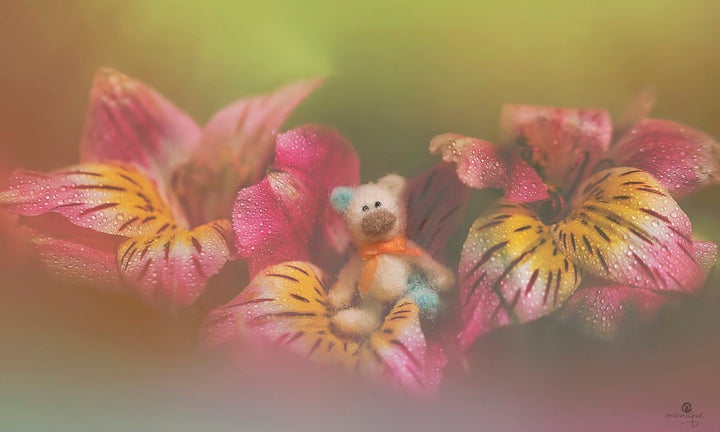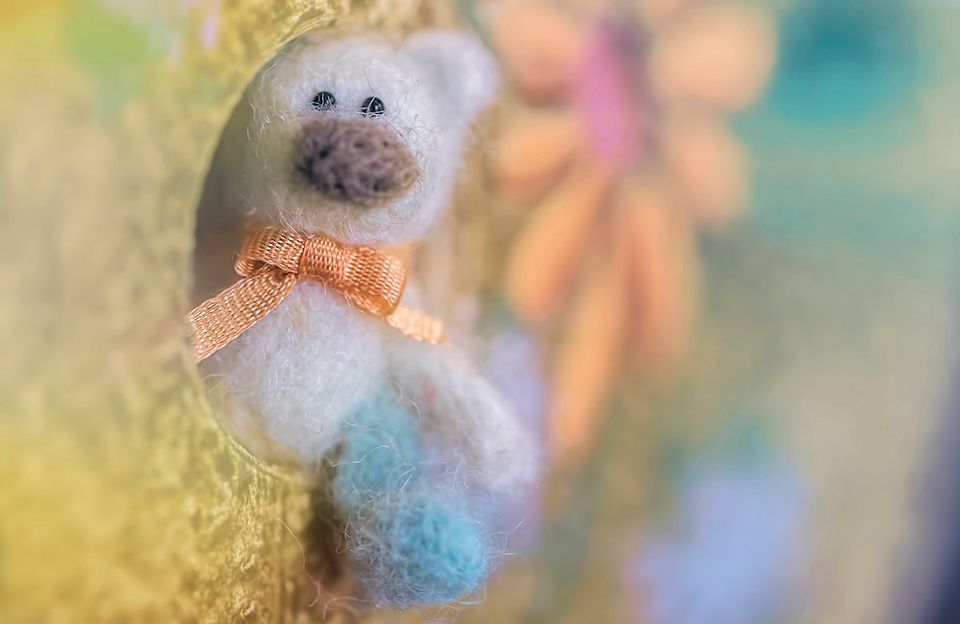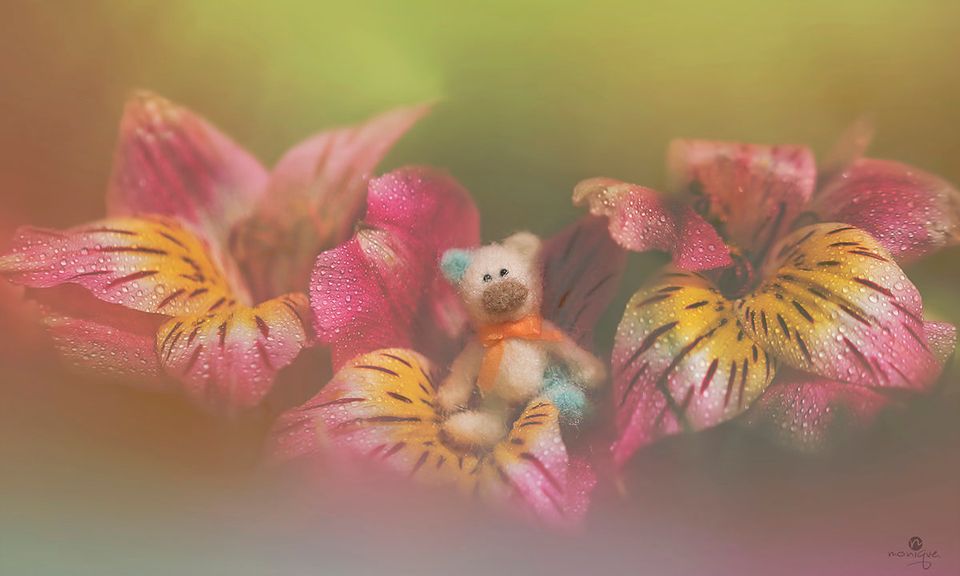
Monique Wilson had been dealing with unrelenting dizzy spells for nearly two years after a boat trip when she was finally diagnosed with Mal de Débarquement Syndrome, or Disembarkment Syndrome, a rare movement and balance disorder that causes feelings of swaying and bobbing.
MdDS, which usually develops after an ocean cruise, can cause poor perception, fatigue, headaches and incoordination. The condition is so uncommon that many doctors don't even recognize it as a medical issue, which makes a diagnosis difficult, according to the MdDS Balance Disorder Foundation.
But for Wilson, the effects of MdDS are more than real -- and they've affected every facet of her everyday routine.
"My experience with MdDS has been life altering for me and for my family," Wilson told The Huffington Post. "Besides the constant feeling of movement, I have a constant headache and body aches. I have chronic fatigue and brain fog. Some days the symptoms are so high that I fall, once so badly I broke my shoulder. It robs you of your self confidence. "
Wilson searched for a way to deal with her symptoms and discovered a natural knack for photography. After tinkering around with a camera given to her by her husband, Wilson's coping method developed into an artistic passion. The result is a stunning photo series of miniature objects that not only serves as a creative outlet for Wilson, but as a tool for healing.

"When I was first diagnosed I was very depressed -- I had lost my identity and had no outlet to gain a sense of purpose and accomplishment," Wilson said. "Photography gave me a reason to leave the house when my symptoms were low and [the photo series] allowed me to shoot even when symptoms were high."
According to researchers of the phenomenon, it's unknown how many people experience MdDS but some estimate that it's only in the "thousands." Women are more affected than men, according to research published by Mount Sinai Hospital, although it's unclear why.
"MdDS is an invisible condition," Wilson said. "People only see you when you are well enough to be out. I often hear 'but you don't look sick,' which is difficult as it nullifies my experience."
Ultimately, Wilson hopes her photography serves as a tangible representation that a disorder like MdDS doesn't define a person or limit their creative abilities. It's just an issue to work around in order to live a fulfilling life.
"Having MdDS means I am often not myself and it’s important to understand that family and spouses are also greatly affected," she said. "But acceptance goes a long, long way."
Take a look at Wilson's other images from her miniature objects photo series below:
















